Exploring the Advantages of Pellet Making Machines for Sustainable Production
Table of Contents
- The Role of Pellet Making Machines in Eco-Friendly Manufacturing
- Benefits of Utilizing Pellets in Bioenergy Production
- Key Features to Look for in a High-Quality Pellet Making Machine
- Innovative Applications of Pellet Making Machines Across Industries
- Economic Advantages of Investing in Pellet Production Technologies
- Case Studies: Success Stories of Sustainable Pellet Production Practices
- FAQS
- Conclusion
- Related Posts
In today's quest for sustainable production practices, the Pellet Making Machine emerges as a pivotal innovation that not only enhances efficiency but also supports environmental responsibility. At Shanghai Zhengyi Machinery Engineering Technology Manufacturing Co., Ltd. (CPSHZY), we have dedicated over 25 years to advancing feed processing machineries and large-scale pellet mill dies, aligning our expertise with the growing demand for eco-friendly solutions. The adoption of pellet-making technology offers numerous advantages, including reduced waste, improved feed conversion rates, and enhanced nutritional value for livestock and aquaculture. As businesses increasingly recognize the need for sustainable practices, understanding the benefits of Pellet Making Machines becomes essential for fostering a greener future in the feed industry. This blog will delve into the various advantages these machines offer, illustrating why they are a vital component of sustainable production systems.
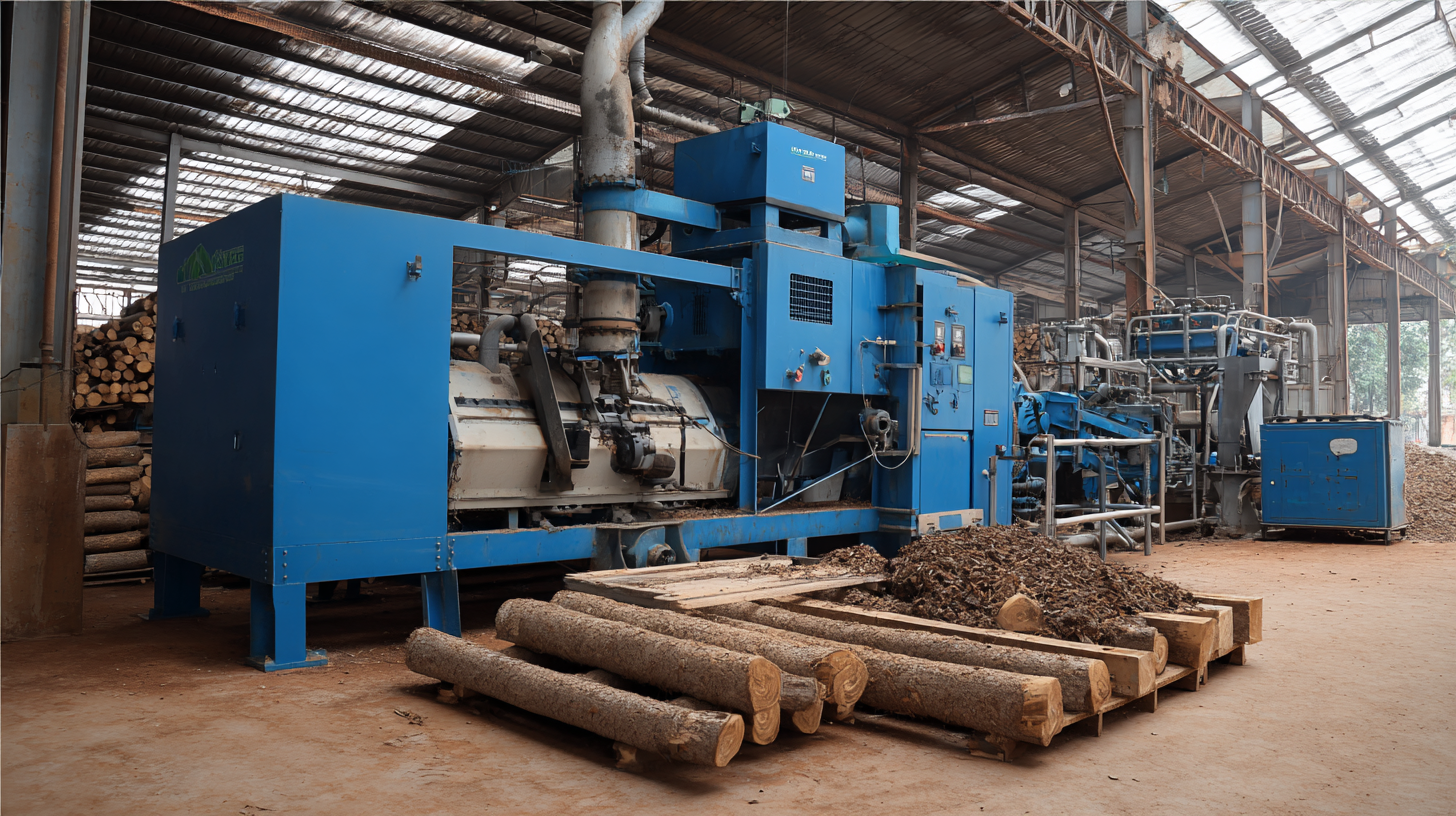
The Role of Pellet Making Machines in Eco-Friendly Manufacturing
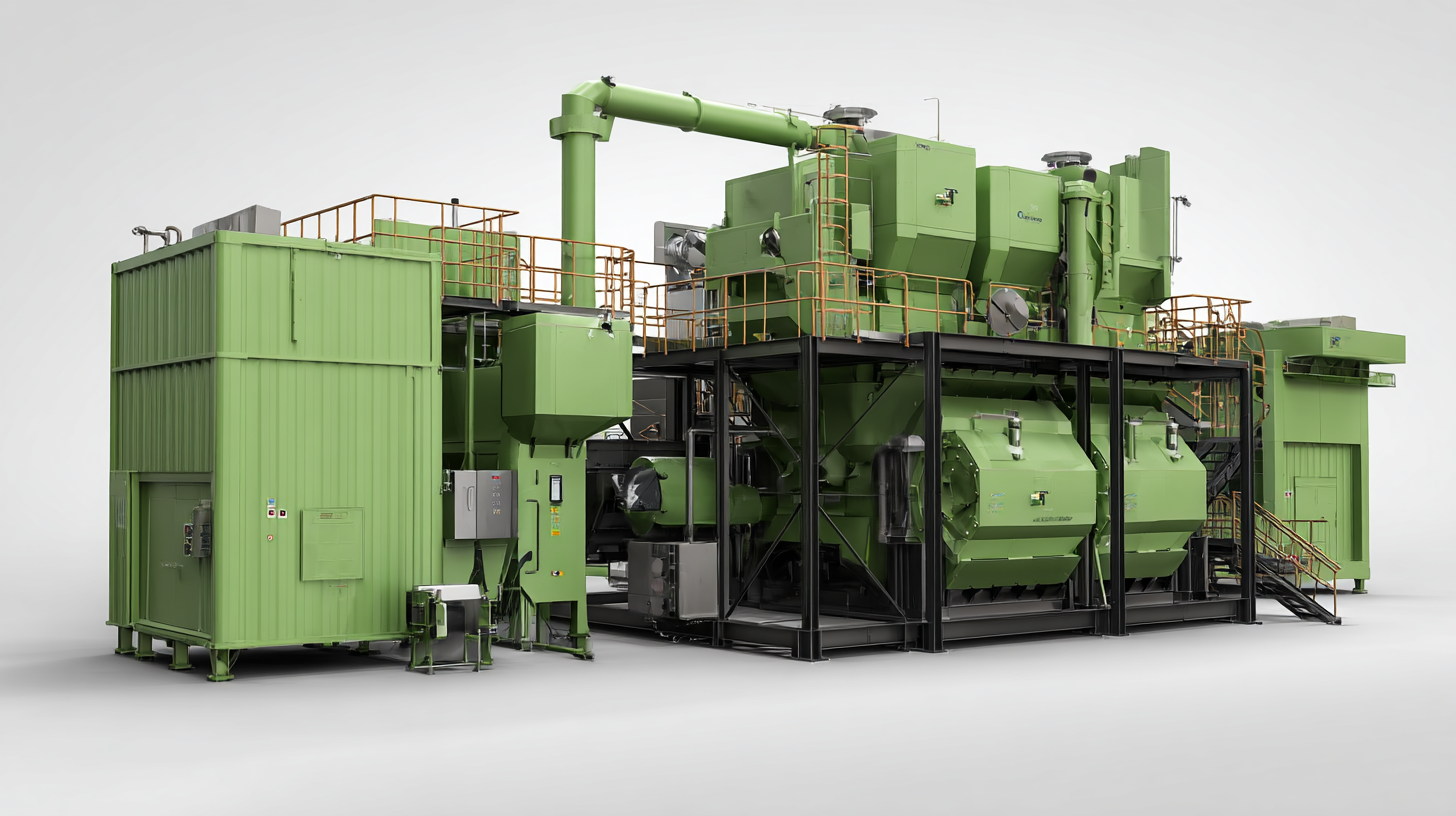 Pellet making machines play a significant role in eco-friendly manufacturing by converting various raw materials into compact and energy-dense pellets. These machines are designed to process biomass, agricultural residues, and even industrial waste, turning them into valuable resources that can be used for fuel, animal feed, or other sustainable applications. By utilizing local materials, the carbon footprint is reduced, promoting a
circular economy and supporting sustainable practices in production.
Pellet making machines play a significant role in eco-friendly manufacturing by converting various raw materials into compact and energy-dense pellets. These machines are designed to process biomass, agricultural residues, and even industrial waste, turning them into valuable resources that can be used for fuel, animal feed, or other sustainable applications. By utilizing local materials, the carbon footprint is reduced, promoting a
circular economy and supporting sustainable practices in production.
When considering the implementation of pellet making machines, it’s crucial to optimize your raw material choice. Utilizing residues from local agriculture not only minimizes waste but also supports local economies. Additionally, ensuring that the feedstock is processed at the right moisture level can enhance pellet quality and durability, making them more efficient for end-users.
Another important tip is to maintain your pellet making machines regularly. Regular maintenance not only extends the lifespan of the equipment but also ensures it operates at peak efficiency. This can help reduce energy consumption and improve the overall sustainability of the manufacturing process. Staying informed about upgrades and new technologies can also enhance the eco-friendliness of your production methods.
Benefits of Utilizing Pellets in Bioenergy Production
In recent years, the bioenergy sector has gained significant attention as a sustainable alternative to traditional fossil fuels. One of the notable innovations in this field is the use of pellets produced by pellet making machines. These pellets, typically made from biomass materials such as wood, agricultural residues, or organic waste, offer numerous benefits that enhance bioenergy production efficiency.
Utilizing pellets in bioenergy not only boosts energy density but also ensures consistent quality and easier handling. The compact nature of pellets makes them efficient for storage and transportation, reducing logistical challenges often faced in the energy supply chain. Moreover, the process of pelletization helps in transforming low-quality biomass into a high-quality energy source, enabling the utilization of materials that would otherwise remain underused or discarded. This promotes waste reduction and contributes to a circular economy, underscoring the role of pellet making machines in advancing sustainable production practices.
Furthermore, the combustion of pellets generates lower emissions compared to traditional fuels, making them an environmentally friendly option. By investing in pellet making technology, businesses and individuals can significantly impact their carbon footprint while supporting renewable energy initiatives. As the world moves towards cleaner energy solutions, the use of pellets stands out as a viable approach to enhancing bioenergy production and promoting sustainability.
Key Features to Look for in a High-Quality Pellet Making Machine
When choosing a high-quality pellet making machine, several key features can significantly impact the efficiency and sustainability of your production process. Firstly, it is essential to look for machines with robust construction and durable materials. A sturdy design not only ensures longevity but also minimizes maintenance costs, allowing for uninterrupted production. Furthermore, consider machines equipped with advanced technology, such as variable speed drives and automatic lubrication systems, which enhance operational efficiency and reduce energy consumption.
Another crucial feature is the machine's versatility in handling various raw materials. A high-quality pellet making machine should be capable of processing different types of biomass, such as wood, agricultural residues, and even some plastic waste. This adaptability not only broadens the scope of production but also promotes sustainable practices by utilizing waste materials. Additionally, the ease of use and maintenance should not be overlooked; user-friendly machines with straightforward controls can significantly reduce the learning curve and help ensure consistent output quality. Overall, focusing on these features will lead to successful and sustainable pellet production.
Exploring the Advantages of Pellet Making Machines for Sustainable Production
The chart below illustrates the various advantages of high-quality pellet making machines in terms of efficiency, sustainability, and cost-effectiveness. These dimensions highlight the priorities for manufacturers looking to invest in reliable production technology.
Innovative Applications of Pellet Making Machines Across Industries
The innovative applications of pellet making machines are driving significant advancements across various industries, particularly in the realm of sustainable production. The global wood pellets market is projected to reach USD 20.5 billion, underscoring the increasing demand for eco-friendly heating solutions. This surge is led by a growing focus on reducing carbon emissions and transitioning to renewable energy sources. The ability to convert biomass into high-quality pellets presents a viable method for industries to embrace sustainability while fulfilling energy needs.
Recent developments highlight the versatility of pellet making machines beyond traditional uses. For instance, advancements in 3D printing technology, where pellet-fed systems are being explored, signify a breakthrough in additive manufacturing. The integration of these machines into various production processes can enhance material efficiency and reduce waste. Furthermore, efforts to utilize agricultural residues, such as rice straw, through pelletizing not only provide additional income streams for farmers but also address environmental challenges like crop burning. The shift towards innovative pellet solutions exemplifies a broader trend towards sustainable industrial practices, paving the way for a more eco-conscious future.
Economic Advantages of Investing in Pellet Production Technologies
Investing in pellet production technologies offers numerous economic advantages for businesses looking to enhance sustainability. Firstly, the initial investment in pellet making machines can lead to significant cost savings in the long run. By converting waste materials into pellets, companies not only reduce disposal costs but also create a valuable product that can be sold or utilized within their own operations. This creates a closed-loop system that maximizes resource efficiency and minimizes waste.
Tip: When selecting a pellet making machine, consider the quality and efficiency of the production process. A high-capacity machine may have a higher initial cost, but it can result in greater output and lower operational costs over time.
Moreover, as the demand for renewable energy sources and eco-friendly products continues to grow, investing in pellet production can open new market opportunities. Pellets are increasingly being utilized as a sustainable fuel alternative in various industries, leading to potential revenue growth. Companies that adapt early to these trends will likely have a competitive edge.
Tip: Keep an eye on market trends related to renewable energy and environmental regulations. Being proactive in your approach can help you identify the best times to expand or enhance your production capabilities.
Exploring the Advantages of Pellet Making Machines for Sustainable Production - Economic Advantages of Investing in Pellet Production Technologies
| Dimension | Description | Estimated Benefits (per year) |
|---|---|---|
| Cost Savings | Reduced material waste through efficient pelletization. | $50,000 |
| Energy Efficiency | Lower energy consumption compared to conventional production methods. | $30,000 |
| Revenue Generation | Increased market potential with high-demand pellet products. | $100,000 |
| Sustainability | Contribution to renewable energy and sustainable material usage. | Intangible value increase |
| Operational Flexibility | Ability to produce various types of pellets based on market needs. | $20,000 |
Case Studies: Success Stories of Sustainable Pellet Production Practices
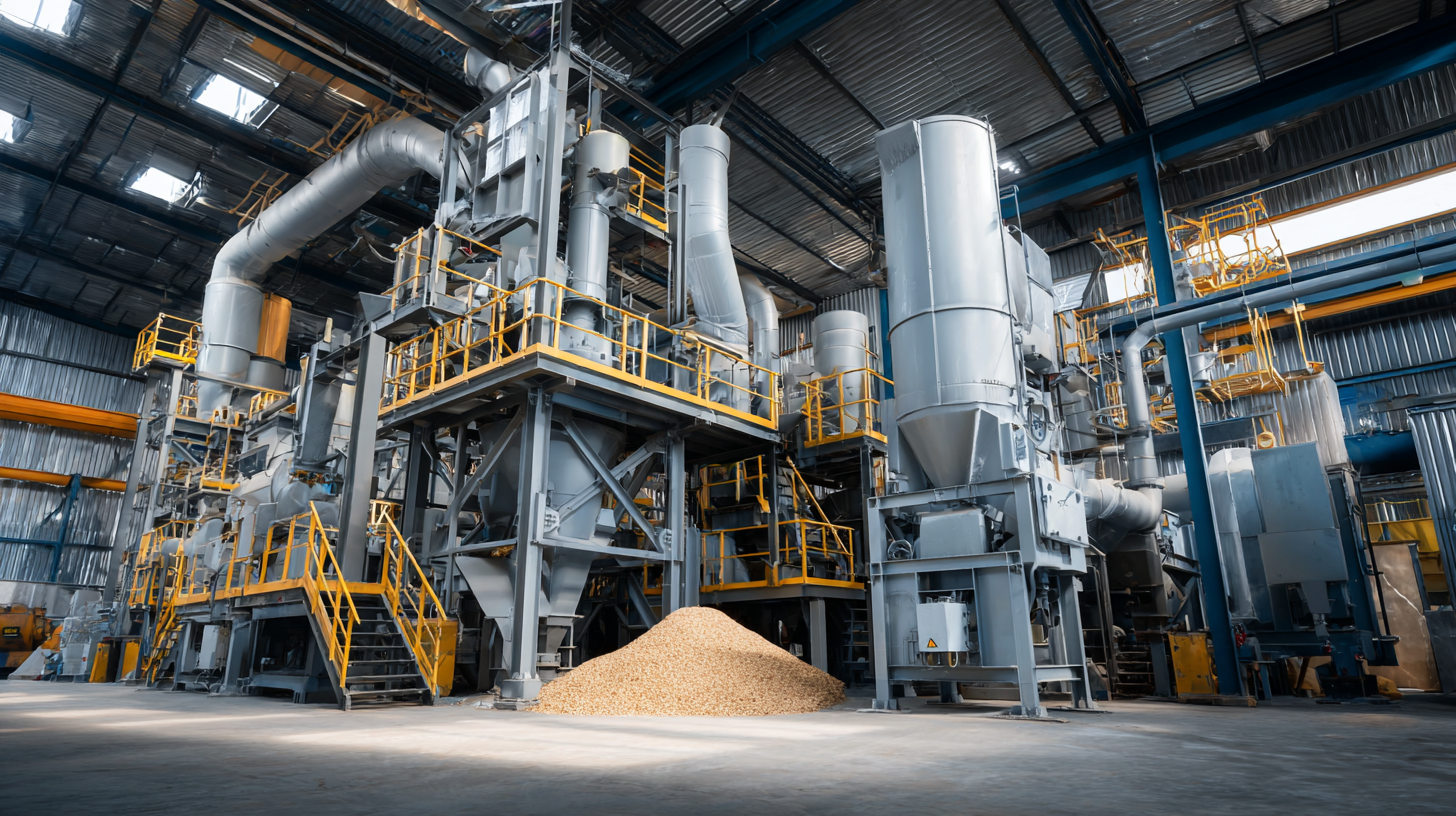 The journey towards sustainable production has led many businesses to adopt pellet making machines, particularly in industries such as biomass and recycling. One compelling case study comes from a small community in Norway, where local farmers banded together to create a cooperative utilizing pellet technology. By converting agricultural waste into pellets, they not only reduced waste but also generated a renewable energy source for their local heating needs. This initiative decreased their carbon footprint and inspired neighboring communities to explore similar sustainable practices.
The journey towards sustainable production has led many businesses to adopt pellet making machines, particularly in industries such as biomass and recycling. One compelling case study comes from a small community in Norway, where local farmers banded together to create a cooperative utilizing pellet technology. By converting agricultural waste into pellets, they not only reduced waste but also generated a renewable energy source for their local heating needs. This initiative decreased their carbon footprint and inspired neighboring communities to explore similar sustainable practices.
Another noteworthy example can be found in the forestry sector in Canada, where a company implemented pellet production to tackle both timber waste and energy shortages. By repurposing sawdust and wood chips into high-quality pellets, they effectively minimized logging waste and provided a cleaner alternative to fossil fuels. This initiative not only enhanced their economic viability but also promoted a circular economy, where resources are continuously reused. Such success stories highlight the transformative potential of pellet making machines in fostering sustainable production practices across various industries.
FAQS
: Utilizing pellets boosts energy density, ensures consistent quality, and facilitates easier handling, storage, and transportation, thereby reducing logistical challenges.
Pelletization transforms low-quality biomass into a high-quality energy source, allowing the utilization of materials that would otherwise be discarded or underused.
The combustion of pellets generates lower emissions, making them a more environmentally friendly option for energy production.
By promoting waste reduction and effectively using biomass materials, the use of pellets supports the principles of a circular economy.
The global wood pellets market is projected to reach USD 20.5 billion, indicating increasing demand for eco-friendly heating solutions.
Recent advancements are exploring pellet-fed systems in 3D printing, enhancing material efficiency and reducing waste in additive manufacturing.
Pelletizing agricultural residues, such as rice straw, provides additional income for farmers and addresses environmental challenges like crop burning.
By producing and utilizing pellets, businesses can significantly lower their carbon emissions and support renewable energy initiatives.
The increasing emphasis on reducing carbon emissions and transitioning to renewable energy sources drives the demand for innovative and sustainable production practices.
Pellets encourage the sustainable production of energy while fulfilling industrial energy needs and promoting eco-conscious practices.
Conclusion
Pellet making machines play a crucial role in eco-friendly manufacturing by facilitating the sustainable production of biomass pellets, which can be utilized in various industries, particularly in bioenergy. The advantages of using pellets include improved energy efficiency and reduced emissions, making them a viable alternative to traditional fossil fuels. Moreover, when investing in a high-quality pellet making machine, it is essential to consider features such as durability, capacity, and ease of maintenance to ensure optimal production.
Shanghai Zhengyi Machinery Engineering Technology Manufacturing Co., Ltd. has over 25 years of experience in manufacturing advanced feed processing machineries and pellet mill dies, contributing to sustainable pellet production practices. Innovative applications of pellet making machines are transforming industries, showcasing successful case studies that highlight economic benefits and environmental protection. By choosing the right pellet production technology, businesses can achieve both profitability and sustainability in their operations.
Related Posts
-

Global Excellence in Pellet Mill Parts from China's Leading Factory
-
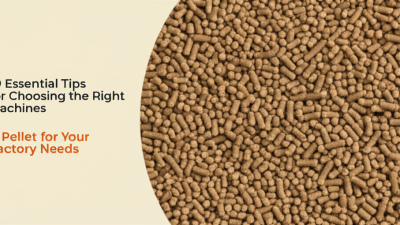
10 Essential Tips for Choosing the Right Machines A Pellet for Your Factory Needs
-
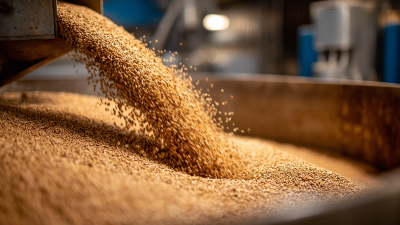
Essential Guide to Operating a Machine To Make Feed Pellets for Beginners
-
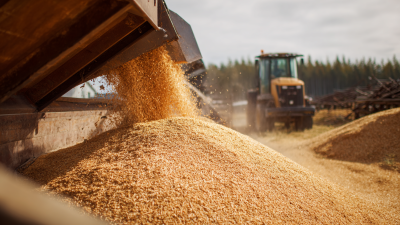
What is the Importance of Livestock Feed Pellet Mill in Modern Agriculture
-
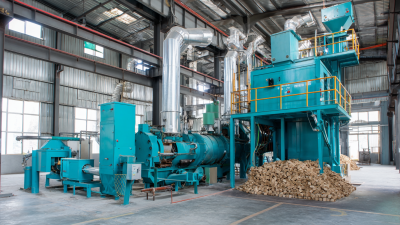
Solutions for Efficient Pellet Production with Advanced Pellet Mill Machines
-
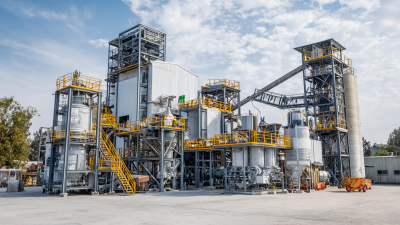
Mastering Feed Mill Design with Step by Step Guidance for Optimal Efficiency
Blog Tags:

